NASA Astronomy Picture of the Day 2 April 2023: Hubble Telescope captures Ring Nebula
NASA Astronomy Picture of the Day for 2nd April features a stunning image of a Ring Nebula captured by Hubble Space Telescope.
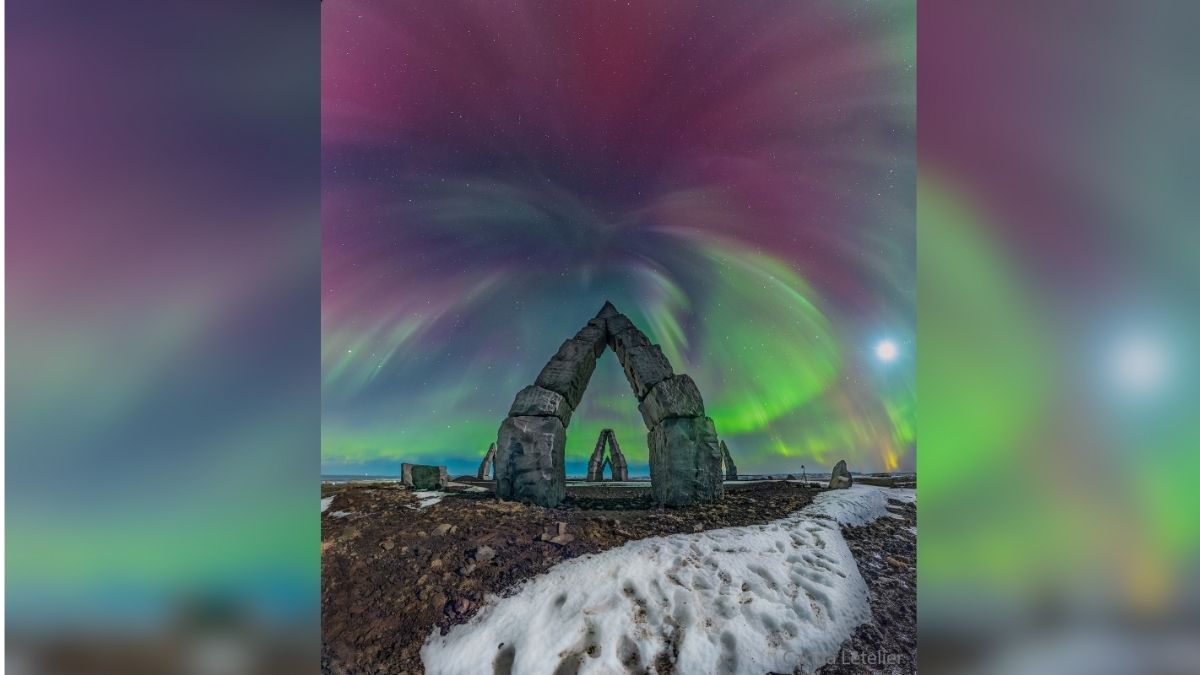
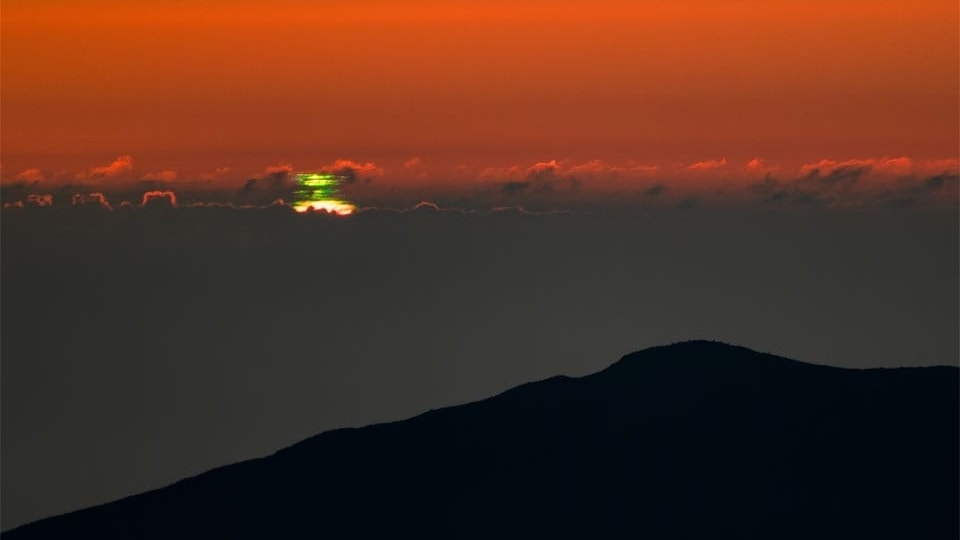
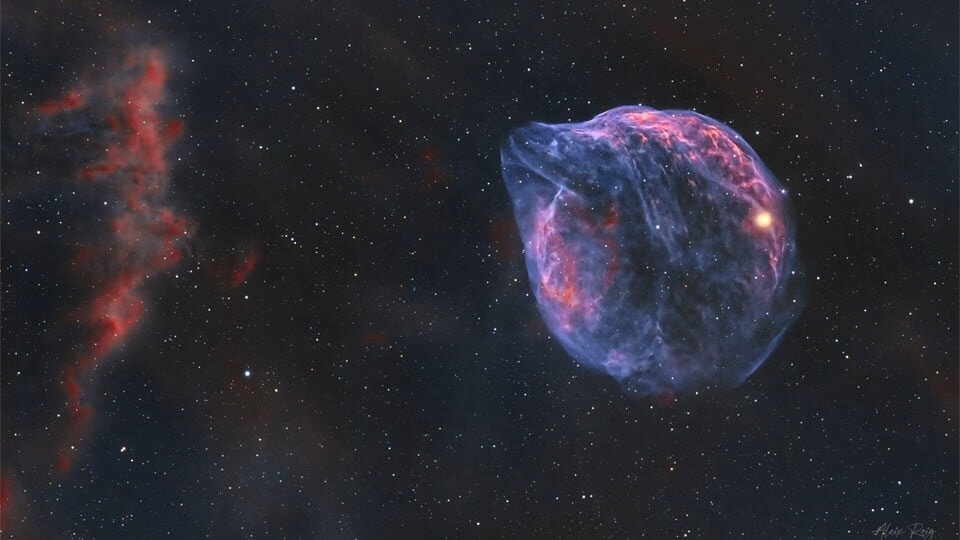
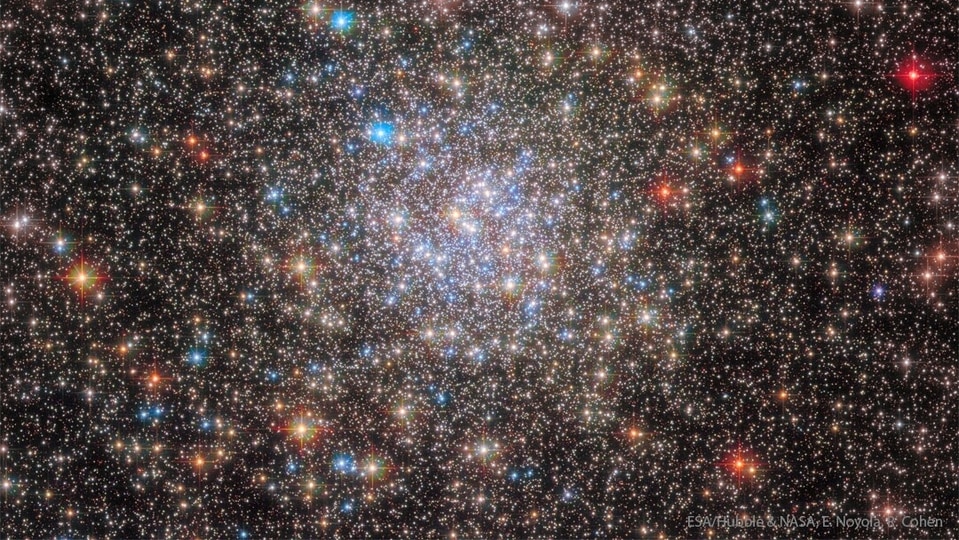
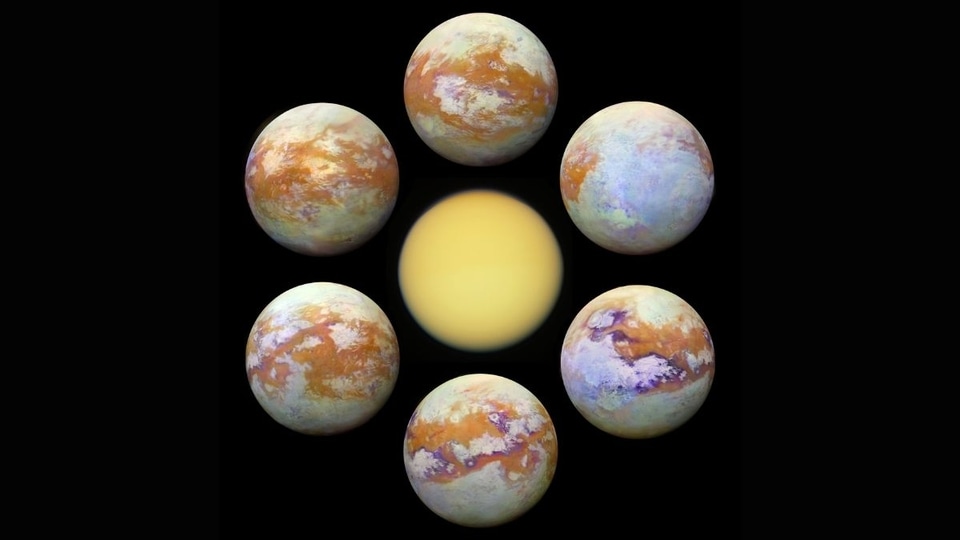
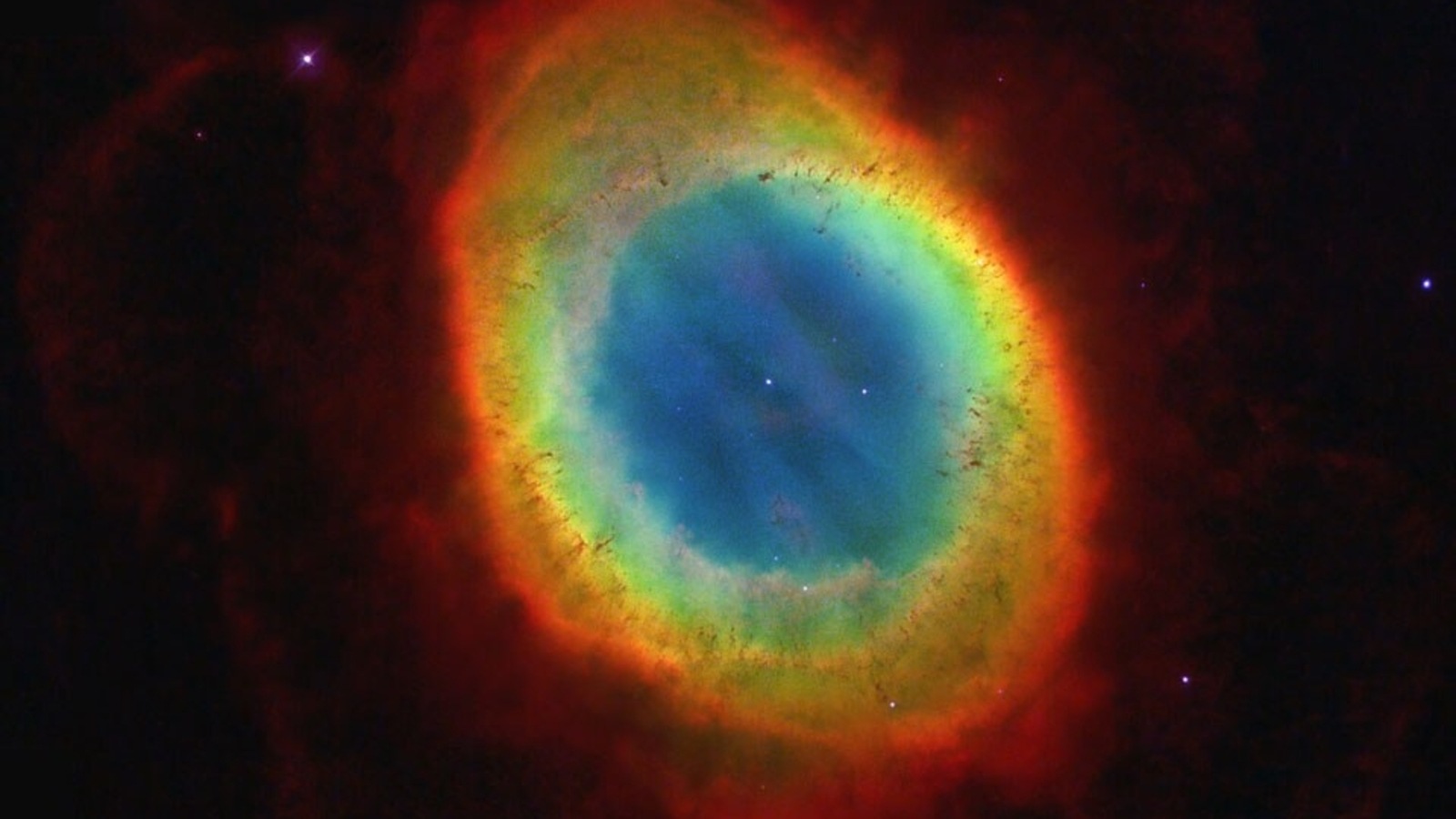
 View all Images
View all ImagesStargazers must have noticed an unusual ring-shaped pattern in the sky for so many years and it is called a nebula, which is a cluster of gas and dust in space. Nebulas are often the birthplaces of new stars and planetary systems, as the gravitational attraction between the particles within the nebula causes them to collapse and form into denser regions. Today, NASA has shared a breathtaking image of the famous Ring Nebula (M57) captured by the Hubble Space Telescope.
While sharing the photo, NASA explained about the Ring Nebula, "the recent mapping of the expanding nebula's 3-D structure, based in part on this clear Hubble image, indicates that the nebula is a relatively dense, donut-like ring wrapped around the middle of an (American) football-shaped cloud of glowing gas." The gaseous shroud in the image represents the outer layers expelled from the dying, once sun-like star, now a tiny pinprick of light seen at the nebula's center. Intense ultraviolet light from the hot central star ionizes atoms in the gas. The Ring Nebula is about one light-year across and 2,500 light-years away.
More about the Ring Nebula
Located in the Lyra constellation, the Ring Nebula is a planetary nebula that represents the remaining glowing material of a star similar to the sun. The best time to observe it is during August, and it has an apparent magnitude of 8.8, which can be seen using moderately sized telescopes, NASA explained. Discovered by Antoine Darquier de Pellepoix, a French astronomer in 1779, M57 is positioned in such a way that Earth-based astronomers view the ring face-on. The space agency further explained that with the help of a high-resolution Hubble image, astronomers discovered that the nebula's shape is more intricate than initially assumed.
The blue gas at the centre of the nebula is actually shaped like a football seen end-on, and it pierces through the doughnut-shaped, red material. The ring's inner rim exhibits a complex structure of dark, irregular knots of dense gas, forming spokes like a bicycle. These knots and tails have not yet been blown away by the stellar winds.
Catch all the Latest Tech News, Mobile News, Laptop News, Gaming news, Wearables News , How To News, also keep up with us on Whatsapp channel,Twitter, Facebook, Google News, and Instagram. For our latest videos, subscribe to our YouTube channel.





























